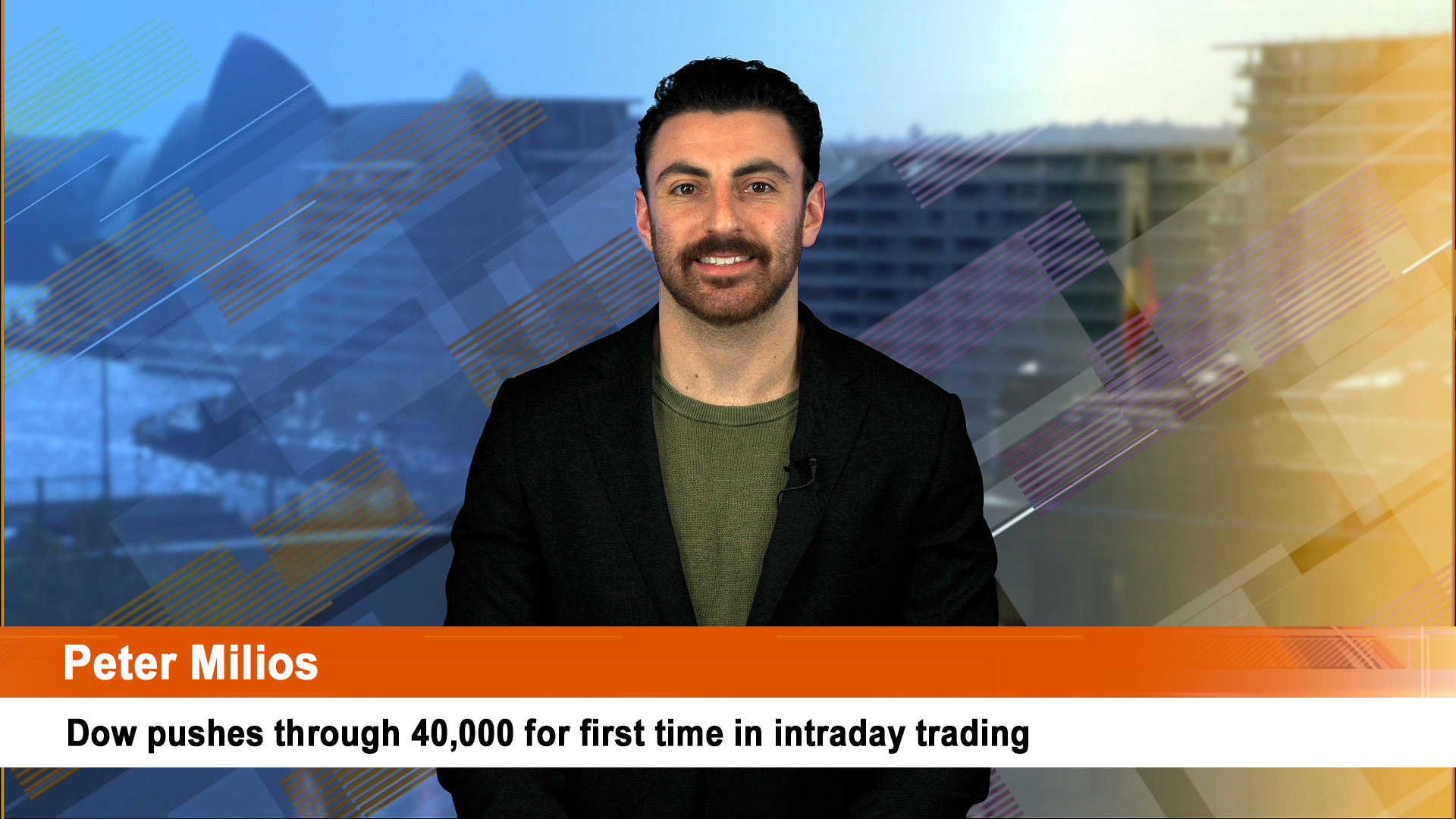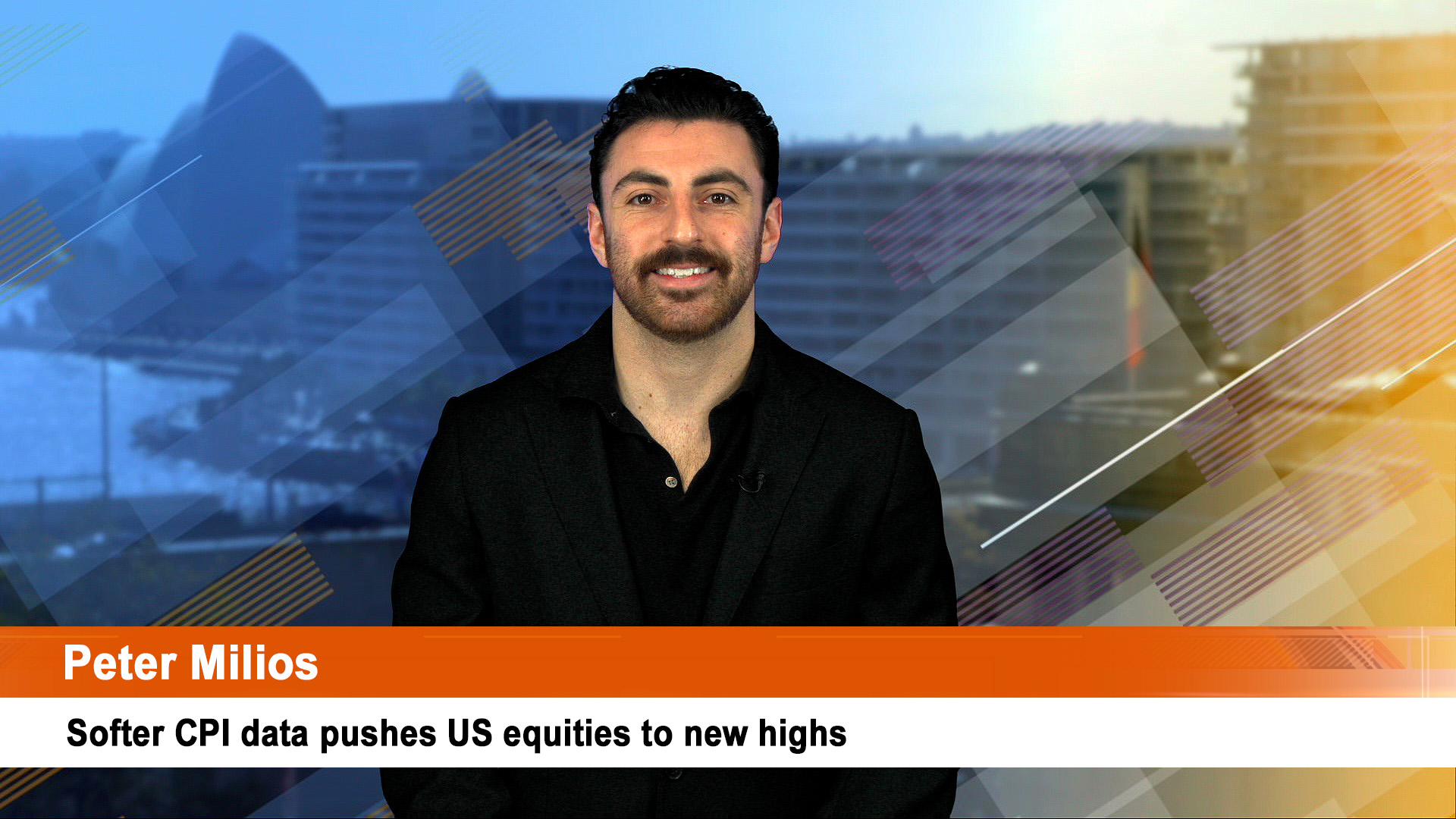The ASX is looking at another big loss today after Friday’s sell-off here and around the world.
After Friday’s 125-point fall here, the ASX futures market early Saturday, Sydney time, took the lead from a weaker Wall Street with a 90-point slide for the start of trading today.
Friday’s fireworks on financial markets – especially bonds and currencies – drove another day of falls on Friday to cap a brutal week for investors of all sizes.
The surging interest rates and foreign currency turmoil lifted fears of a global recession and this in turn once again undermined equities and send commodity prices tumbling – all of which will make today a tough session for the ASX.
It could be argued that Friday marked the start of the capitulation phase for financial markets, especially in the US, UK and much of Europe.
Usually that’s a trigger for bounce back buying by canny investors but this surrender has still some way to run before there’s an armistice and we will have to wait till the rampant US dollar cools – probably about the time there’s clear evidence has peaked and is fading.
Friday saw the US dollar and interest rates dominate sentiment and that’s why the UK pound plunged, the yen staggered after Thursday’s intervention, the euro slid, bond yields surged higher and the Dow fell to a 2022 low and in doing so made a brief visit to bear territory.
The sell-off Friday was global, in a week where the Fed boosted rates by another three-quarters of a point and a total of 10 central banks raised their own interest rates to combat inflation trends.
The new UK government didn’t help itself or markets with a stimulus package including least 100 billion pounds of support to consumers for higher energy costs over the next two years and 45 billion pounds in tax cuts – both risks adding to inflation and that fear sent the pound lower and weakened confidence in Prime Minister Liz Truss and her aggressive approach to Britain’s already deep economic problems.
For the week, UK shares fell 3%, with a 1.97% drop on Friday, US shares fell 4.7%, Eurozone shares lost 4.6%, Japanese shares fell 1.5% and Chinese shares fell 2%.
At the end of Friday’s session, US and global shares are now back around their June lows.
Reflecting the poor global lead Australian shares fell 2.4% with falls led by interest sensitive IT, property, utility and retail shares. Compared to the US and European markets Australia’s fall represented a modest outperformance.
Bond yields rose as ever higher short-term interest rates for longer were factored in. UK 10-year bond yields spiked 69 basis points higher partly on the back of the UK stimulus measures.
Oil, metal and iron ore prices fell on the back of ongoing recession fears. The $A fell sharply as the $US rose.
Weak data on manufacturing and services activity from Europe (especially Germany) Asia and the US on Friday added to the selling pressure.
The Bank of England’s warning Thursday that the UK was already in recession added to the negativity as well as the continuing fallout from the Fed’s 0.75% rate rise and the very hawkish language of chair Jay Powell at his usual post meeting media conference.
On Wall Street, the Dow tumbled 486.27 points, or 1.62% to 29,590.41. The S&P 500 slid 1.72% to 3,693.23, while the Nasdaq dropped 1.8% to 10,867.93.
The Dow notched a new low for the year and closed below 30,000 for the first time since June 17. The 30-stock index ended the day 19.9% below an intraday record, flirting with bear market territory. At one point, the Dow was down more than 826 points.
For the major measures it was their fifth negative week in six, with the Dow giving up 4%. The S&P and Nasdaq shed 4.65% and 5.07%, respectively.
Stocks positioned to suffer the most in a recession led the week’s losses with the S&P 500′s consumer discretionary sector falling 7%.
Energy slumped 9% as oil prices dropped. Growth stocks, including big technology names Apple, Amazon, Microsoft and Meta Platforms all fell on Friday. Ford shares fell more than 16% for the week after its shock news of an unexpected $US1 billion rise in costs in the current quarter.
Goldman Sachs cut its forecast for the S&P 500 for the end of 2022 by 16% to 3,600 points from 4,300 points. It is almost there at 3,693 at Friday’s close.
“Based on our client discussions, a majority of equity investors have adopted the view that a hard landing scenario is inevitable and their focus is on the timing, magnitude, and duration of a potential recession and investment strategies for that outlook,” wrote Goldman Sachs’ David Kostin in a note to clients as he cut his outlook, forecasting a fall in the market between now and the end of the year.













